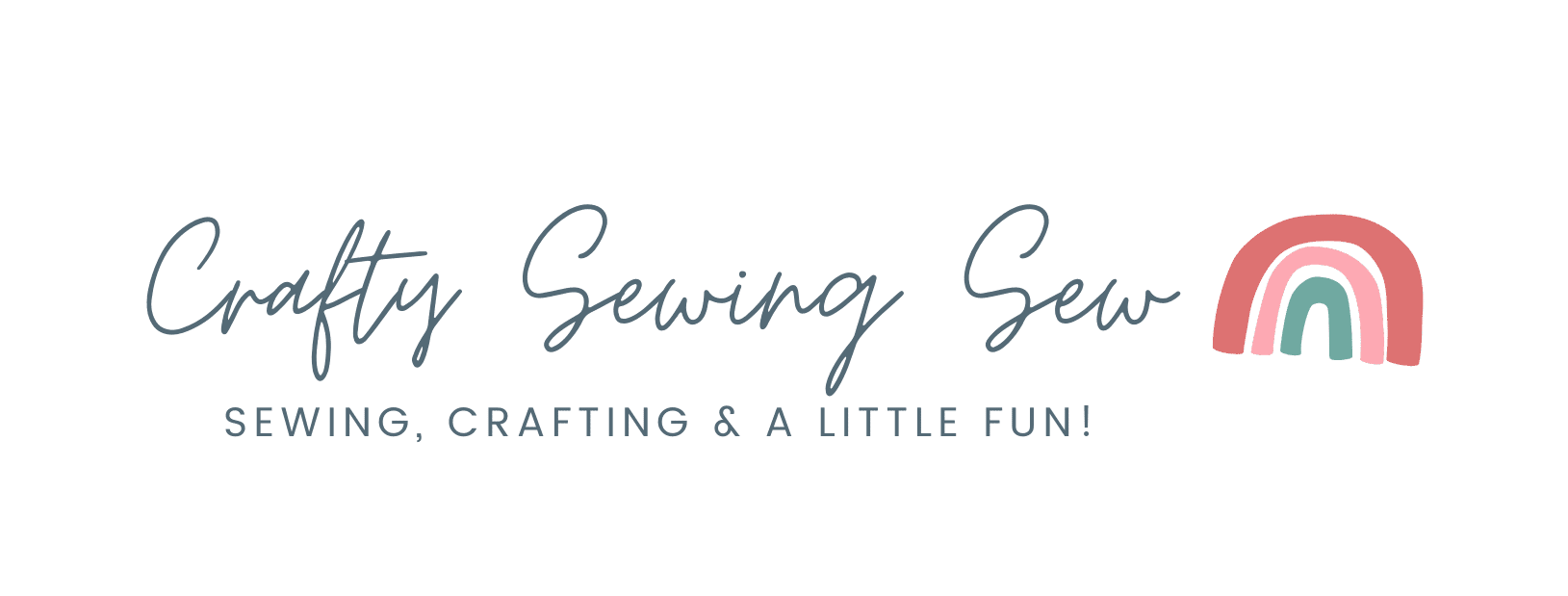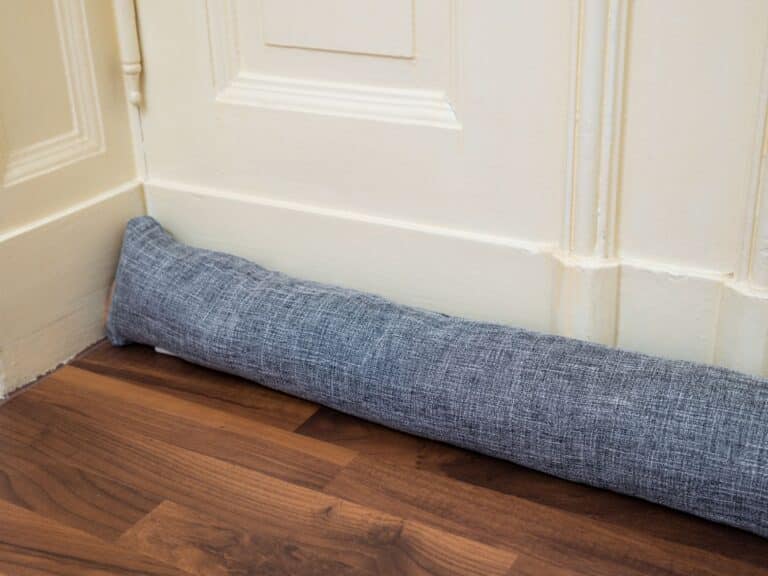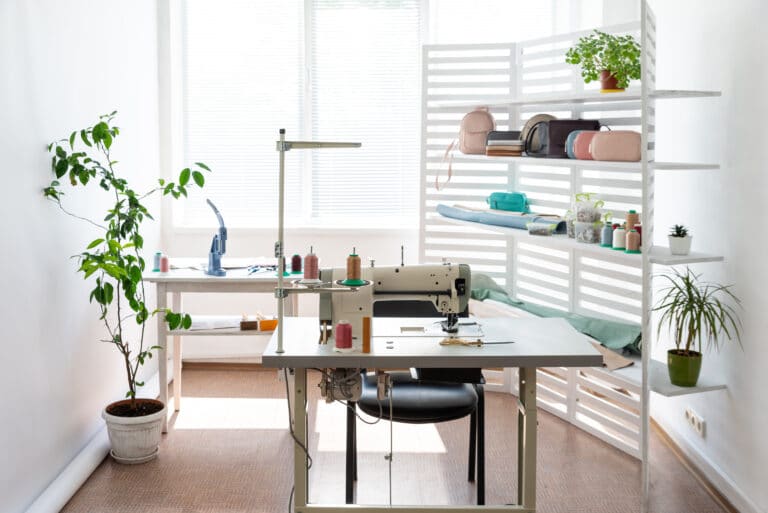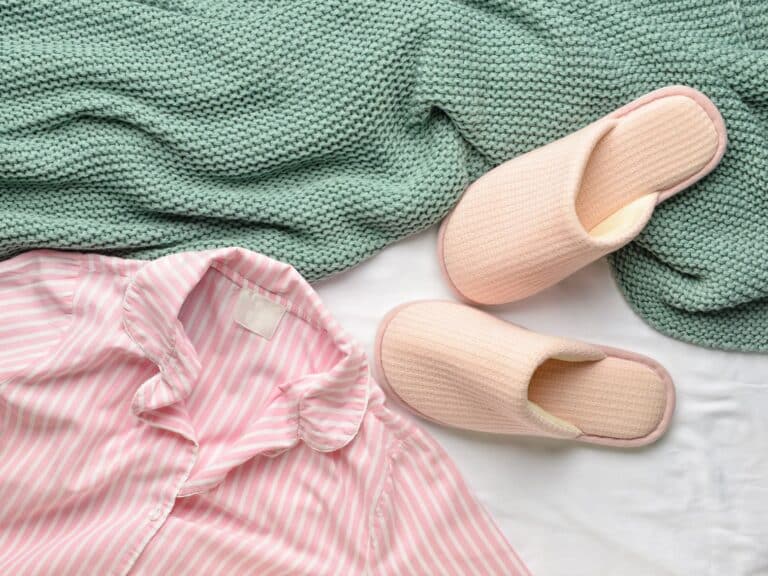What To Fill Sewing Weights With – Everything You Need To Know
Some of the links below are affiliate links. As an Amazon Associate I earn from qualifying purchases. This means that, at zero cost to you, I will earn an affiliate commission if you click through the link and finalize a purchase.
I have recently been using sewing weights more and more within my projects. There are so many ways in which you can make your own pattern weights but there’s still the question of what to fill sewing weights with?
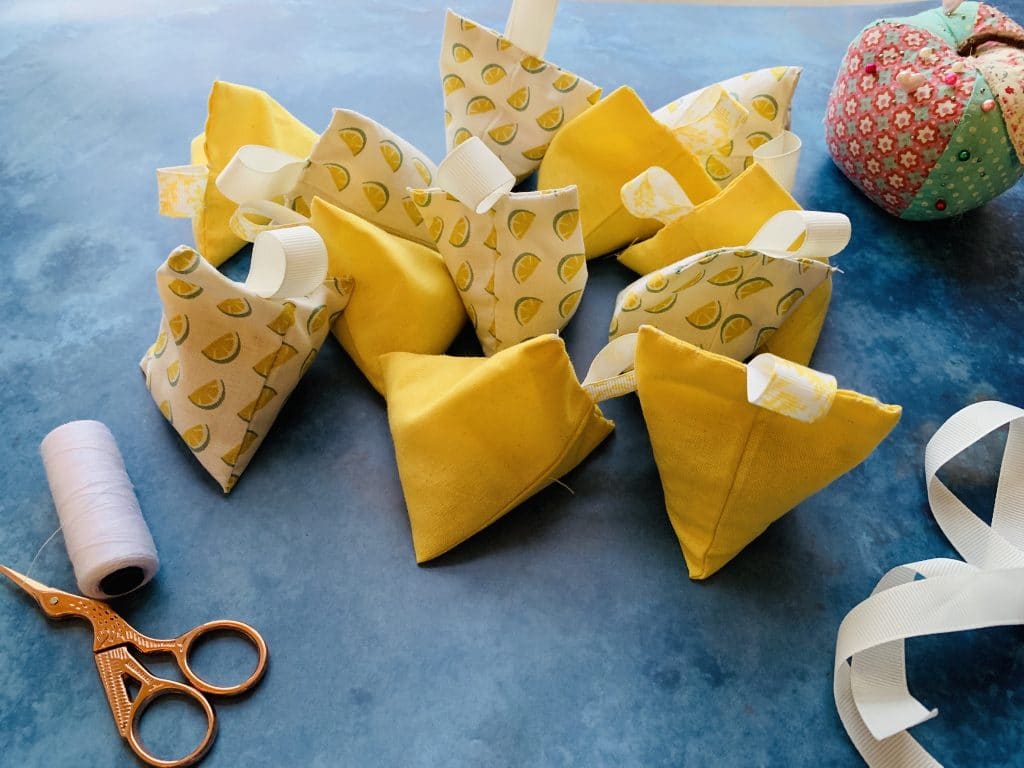
I thought about putting together this guide to show you the different ways you can fill your sewing weights to make them lighter, heavier and easier to use. You can find a number of fillings online, in shops and even lying around at home.
What To Fill Sewing Weights With
There are so many options as to what to fill sewing weights with, you can be imaginative and make up your own based on what you can find or use the age-old methods. You can even read this post and decide you just want to buy some instead.
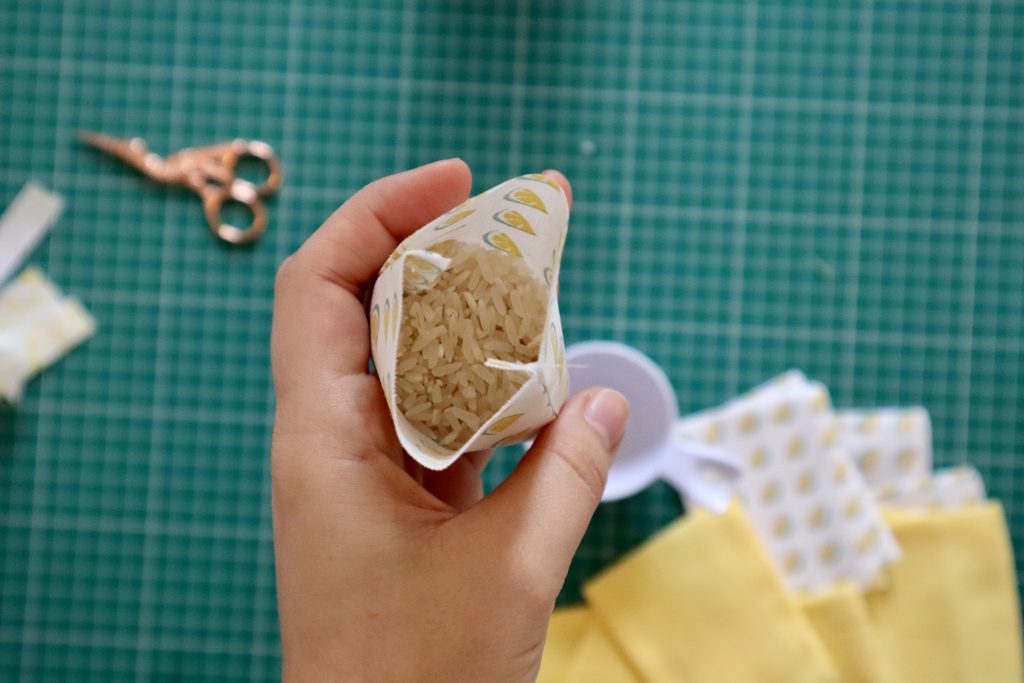
Before deciding what to fill sewing weights with, you might want to look at how you are going to be using the pattern weights. If you need heavy weights for thick and heavy fabric you will need something that has more weight density. For paper and tracing paper you will only need something fairly light and easy.
Rice/Lentils
Rice and lentils are the most common filling for sewing weights. It is probably your cheapest option too. This is the filling I chose for my own pattern weights.
If you are looking to make them a little heavier but still want to use rice or lentils as the main component you could always use another material combined. Something like the metal washer, pennies or even another heavier component in with the rice to add that extra weight.
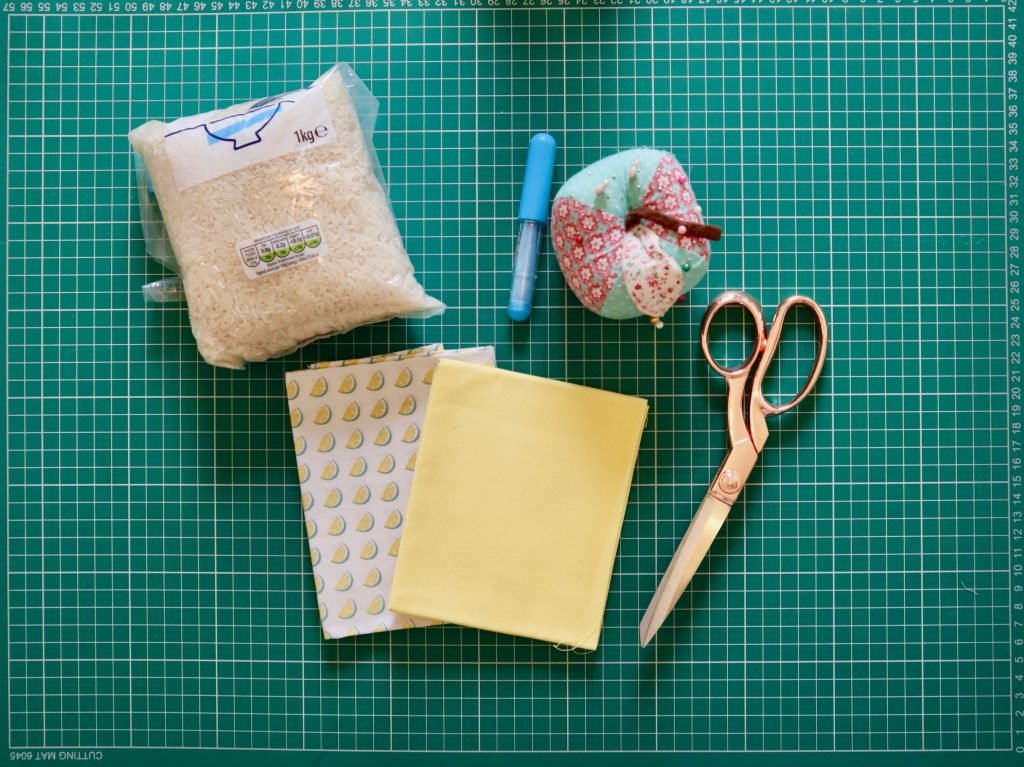
Many who are looking at what to fill sewing weights with, worry about the rice/lentils attracting bugs, smells and going bad. But you don’t have to worry, as they are dry they don’t attract bugs or smells.
You can change the filling of them over a period of time for peace of mind but honestly, they don’t need it.
Plastic Poly Pellets
These are the bean bag style beans you find in the base of soft toys and stuffed animals. These are great to use for pattern weights as they are heavy enough to weigh down paper and fabric but light enough that if they are dropped they won’t hurt.
These are also child friendly in terms of weight and softness. Many users have found these a better filling when their pattern weights can be easily found or used by children and safer to use in their company.
Marbles
Marble’s are a filling I wouldn’t have thought to use but it does make sense. They might need a little more structure to stop them rolling off the table as such but otherwise, they make a great weight.
Marbles are fairly inexpensive to come across to use as pattern weight fillings. Some people may even have an unused bag at home they can use.
Metal Washers
These are very popular both as sewing weight fillings and as a stand alone pattern weight method. Many people buy these from a DIY shop and use straight away.
Others that wish to have a more decorative look cover them in fabric, ribbon or yarn/wool. That also gives them a softer touch and they can be a little kind on your paper patterns and fabric.
The metal washers are also great to use stacked up, many people stack the washers to create greater weights for heavier projects. I love this idea and think you can easily use these in the base of your own pyramid pattern weights to make them heavier.
Glass Beads
Glass beads are well known for the use of weighted blankets. They are washable and easy to care for. These can also make great weights for sewing weights.
This method is much more expensive than a bag of rice or metal washers but is a great alternative. These would be a great use of materials if you were looking to make and sell pattern weights.
Decorative Glass Pebbles
Remember those coloured little stones you would see in a vase in someone’s home or at weddings? You could get them in a number of colours and they were so popular? Those are an amazing sewing weight filling.
Due to being fairly inexpensive and fairly easy to buy these make for great pattern weights. You can use a small amount in the base of your pattern weight or even just fill the whole thing.
You can work out how heavy you want your pattern weights to be with this method. You can put them into almost any shape of sewing weight you desire for your own decoration.
Magnets
I have seen a couple of innovative designs where a substantial size magnet has been used in a sewing weight. This is a fantastic way to double up the use of the pattern weight.
It not only is weighty enough to hold your pattern and fabric in place but it also means you can use it to hold your loose pins and needles.
Some use them quite plainly by wrapping them in a thin layer of yarn/wool or ribbon and some use them in the centre of a square pattern weight. The padding is around the edges and the magnet is prominent in the middle.
Pennies
Strangely a popular use of old pennies and spare pennies. I found out a few people have used a handful of pennies to create a bag to use as sewing weights.
You can use them at the bottom of a rice bag or bag of soft beans to add weight or the sole component in sewing weights. These are great to use as they are readily available, easy to use and even a small handful can create a great weight.
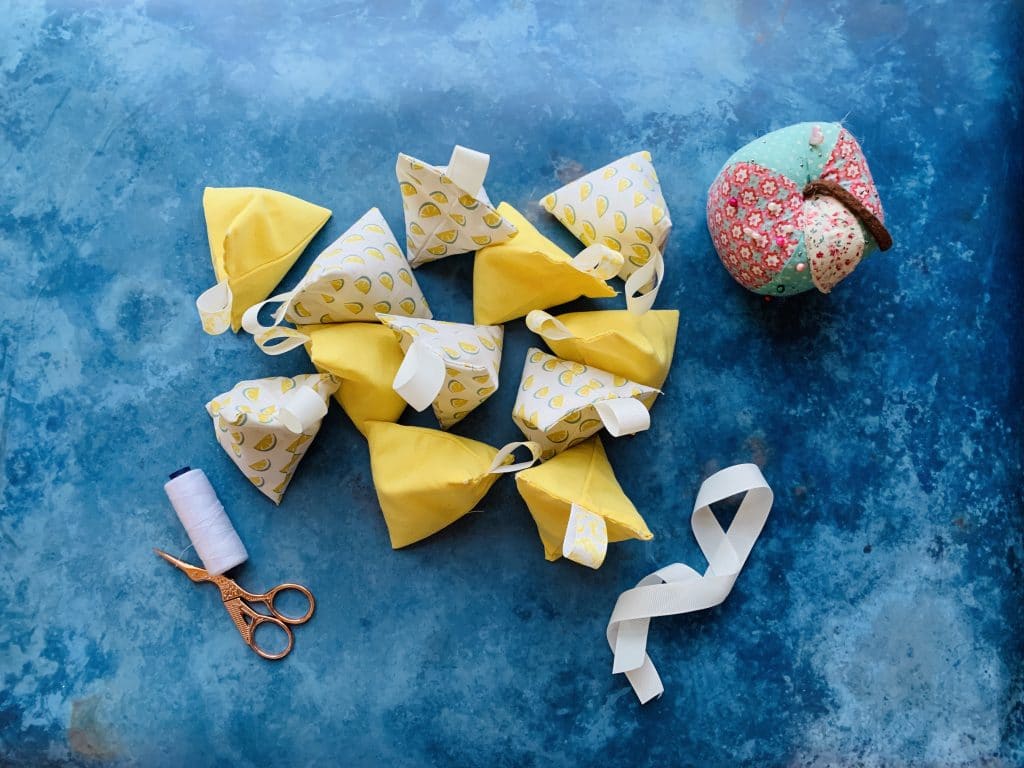
That is everything on what to fill sewing weights with. If you have made your own pattern weights before and have used any of the above components I would love to know your views on them. Alternatively, if you have made your own sewing weights and used a different material I would love to know what it is and why you chose it.
